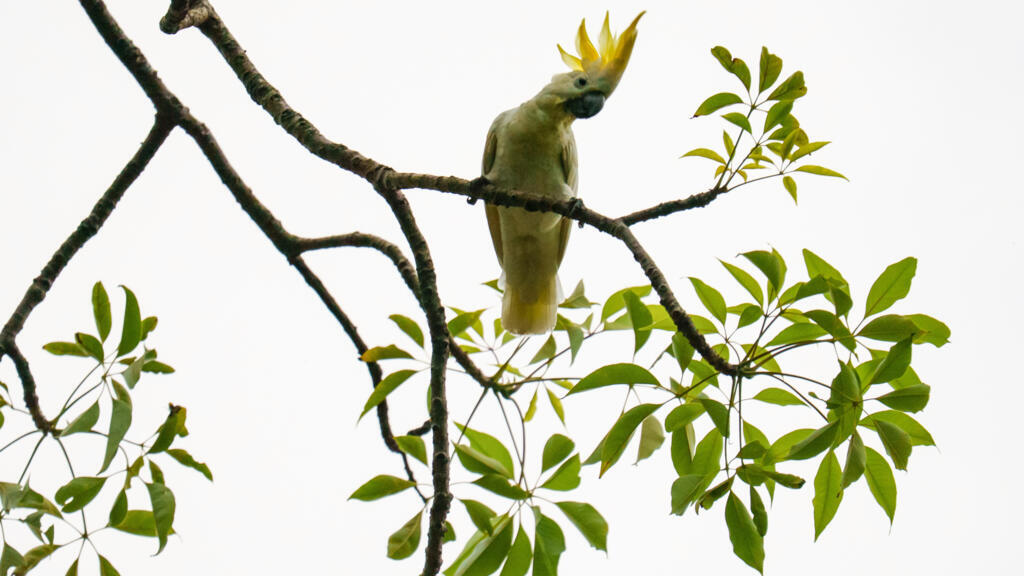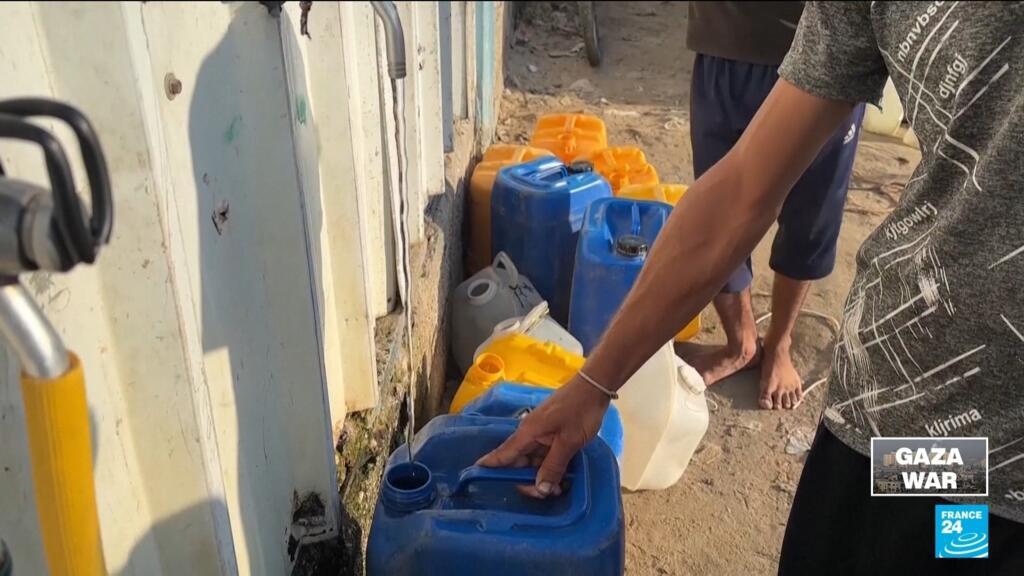Every time a collective grave is excavated in Sri Lanka, Thambirasa Selvarani cannot sleep.
“We don’t know what happened to our relatives, and when they start digging, I feel nervous,” Selvarani told DW.
The 54 -year -old is searching for her husband Muthulingam Gyan Selvam, as she disappeared in May 2009 when she surrendered to government forces at the end of the Sri Lankan Civil War. After the decades of battle, the conflict ended with the defeat of the Tamil Elam of the Tamil Eelam, that is, known as the Tamil tigers.
Many mass graves have been exposed. For the last three months, archaeologists have excavated a mass grave in the chammani, on the outskirts of Jaffna, the capital of the northern province of Sri Lanka. The excavation has so far detected 140 skeletons, including children.
The victim ‘Hem’ together in a shallow grave
Chemmanari has been suspected as a large -scale tomb site in 1998 in 1998. A former army corporal, who was prosecuted for the rape and murder of schoolgirl Krishnathi Kumaraswamy at that time, said there were hundreds of other bodies buried in the area with the girl.
Advocate Niranchan told DW that he was warning with families whose voice had separated from the region of the camelie in the 1990s.
So far, excavation has shown that the bodies were “randomly, without any legal obstacles, a shallow, unprotected” fashion together in fashion.
“We feel that some of them could survive the bee,” he said, “if they were already dead, the bodies would not be folded,” some of them displayed twisted.
Many artifacts on the site with skeletons have been discovered, including slippers, a child’s milk bottle and a child’s school bags.
Opening old wounds
Anushani Algaraja, Executive Director, Jaffna-based Adalam Center for Policy Research, said that the runner had “very painful, very painful history, especially with people in Jaffna.”
“A lot of our friends’ brothers and father and sister disappeared at that time,” Algrajah told DW. “It has exceeded 25 years. It is opening very old, deep wounds, not only for families, but for the whole community, for the whole of Jaffna. And it is a reminder that you cannot forget the real.”
Cammany excavation has become the highest profile example of a large -scale serious investigation in Sri Lanka.
This has triggered several calls from the Tamil community of the country specifically for international inspection.
Visiting the site in June, United Nations High Commissioner Human Rights Volcker Turk stated that “Sri Lanka has struggled to move forward with the domestic accountability mechanisms that are reliable and have the confidence and belief of the justice of the victims through international assistance.”
‘We don’t know who is going to find next’
The Tamil activist performs a protest to match the hero Türk’s visit. Thumbirasa Selvarani participated in the event and personally met Tur, stating that he had no faith in the Sri Lankan justice system.
Selvarani is a president for the relative association of the missing (ARED) implemented in Ampara district. She wants mass graves to dig in her district.
“We are afraid. We don’t know who is going to find next, they are going to identify further,” Selvarani told DW. “I keep thinking about it day by night and I can’t sleep, I can’t eat. I think it looks great.”
“For the last 17 years, as the President keeps changing, we are asking them to tell the truth about what happened to our children and loved ones,” Selvarni said.
However, progress has been slow. Selvarani says that she still faces threats by Sri Lankan Criminal Investigation Department (CID) officials if she still participates in protest.
“They say, ‘You should not go there, your relatives are dead, why are you still going here and there?”
New government, old problem
In a stop from the politics of the general dynasty of Sri Lanka, the country chose the Left President Anura Kumara Dsnayaken on September 2024. But lawyers Niranchaan are suspicious, saying that “history has shown” that governments cannot be trusted and internationally Wildbenben.
“This government does not understand the caste problem,” he told DW. “They feel that if we stop corruption then the country will be peaceful. But they do so because the caste problem is so much that it has fallen in the country.”
Ambika Satkanathan, a human rights lawyer and former Commissioner of Sri Lankan National Human Rights Commission, shared her mistrust.
“Historically, the Sri Lankan government has been extremely reluctant to receive international assistance in almost different accountability processes,” she said.
Before coming to power, the President Dissonay said that he would not try to prosecute those responsible for war crimes. Speaking to DW, Satkunanathan highlighted the lack of trust that the victims have that the state is ready to pursue justice.
In Sri Lanka, hope is ‘dangerous’
Last month, Human Rights NGO International Committee of Jurists (ICJ) said “international inspection and afflicted investigation” in compliance with international laws and standards in Sri Lanka.
But Algaraja of the Adalam Center for Policy Research says that he does not believe that the government of DysonayK will request an international inspection. So he said that he did not see “anything different” about Chemmani compared to the previous excavation.
Alagaraja said that she had met from families who believed that they would find their children in the chemistry and who would “want to believe that this process is going to give them some answers,” but for industries expected what is “dangerous”.
“Asha is not always the best thing, be there -it may also disappoint you deeply and can hurt you, especially in this country,” Bhalaja said.
Edited by: Darko Jenjeevic


